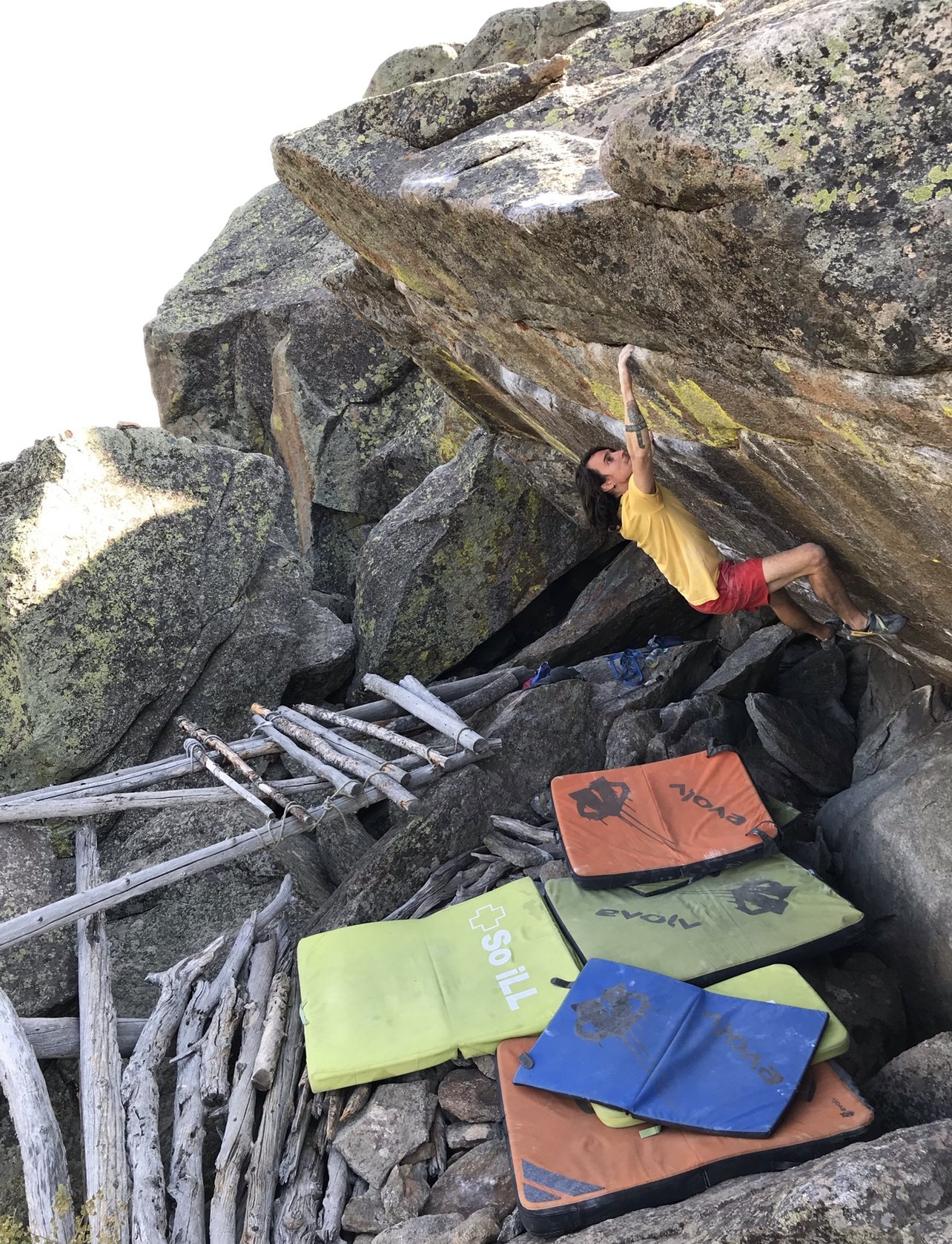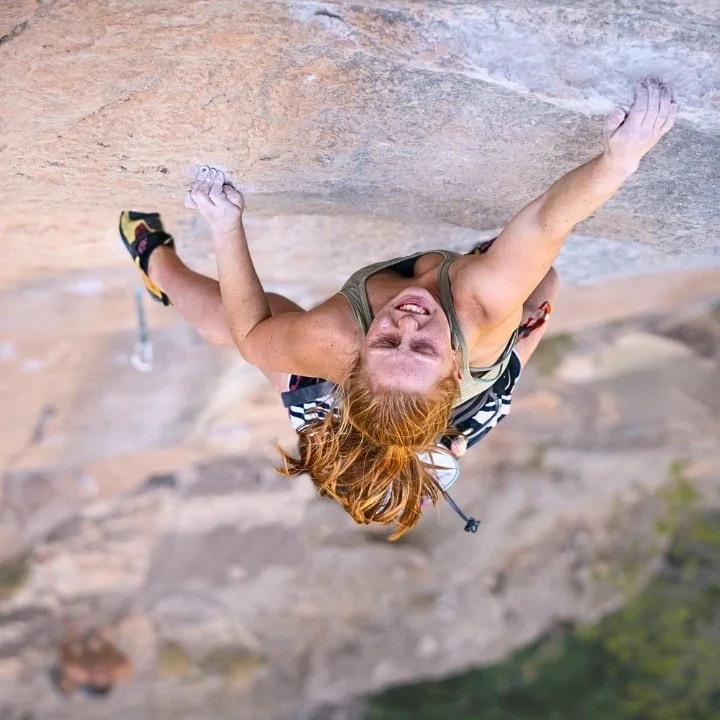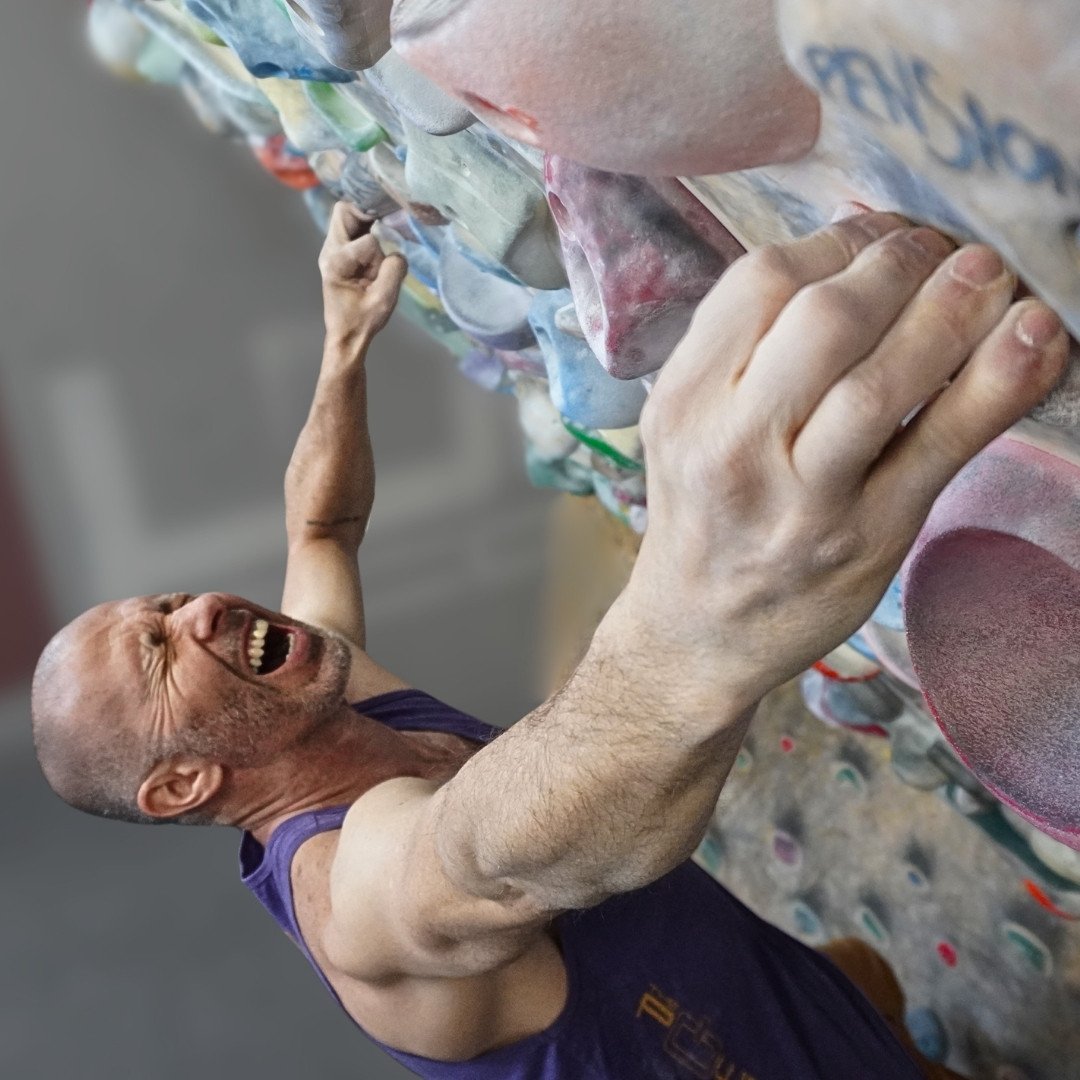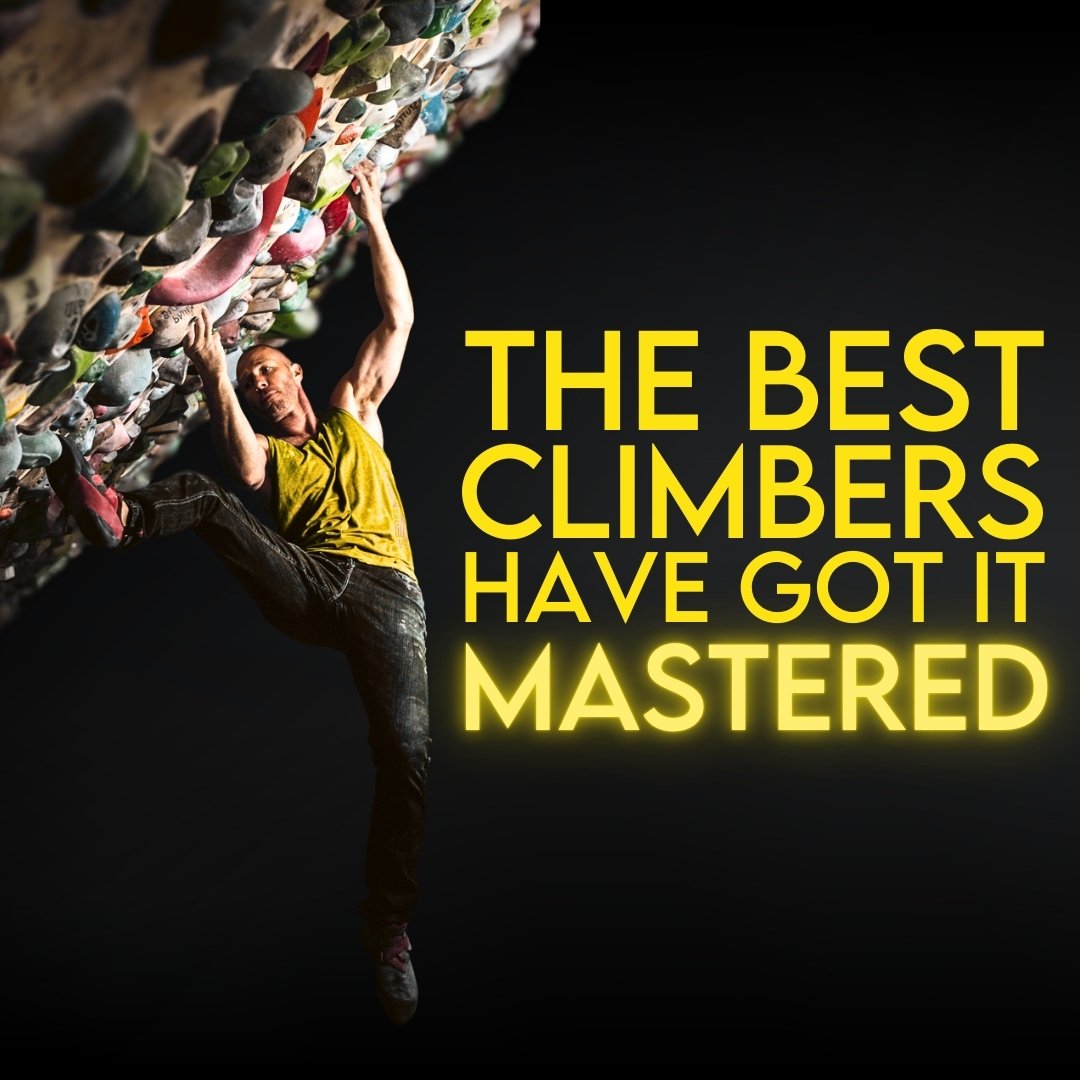Skills of Perception: Part 2
By: Nate Drolet
If you haven’t read Part 1 yet, you can find that here.
Once most climbers reach an intermediate level they have gone through the initial phase of learning how to pay attention to and remember the beta they just used while on a climb. That, or they are strong and fit enough to keep making mistakes every time they pull onto the wall and send in-spite of themselves. If that sounds like you (or if your climbing partner keeps saying this is you), consider going back to part 1.
The intermediate climber’s problem with perception arises when they can’t recall all of the solutions they have attempted during the entire problem solving process. As climbers become more skilled, they develop a larger toolbox of movements and methods for solving problems. With this new collection of options comes the added burden of being able to remember everything you have tried for each move and to what degree these things were successful.

It’s easy enough to remember how to do a single hard crux move, but when you have to start solving for, assessing the viability of, and remembering beta for five or six unique and challenging moves it suddenly becomes an issue of mentally cataloging all of this information.
Going from beginner level problem solving to intermediate means we are no longer choosing between the “right” and “wrong” methods. Instead, we have to weigh out multiple options that feel varying levels of “maybe?”. You begin to encounter situations where you might try a single move five different ways, but none of them feel like the obvious answer. Can you remember which of those methods felt slightly better than others? If not, you’ll have to start the process of testing each method over again or you’ll run the risk of missing out on the beta that would have worked best for you.
It’s common to see an intermediate climber spend a full hour trying different options on their project without realizing most of that time is spent repeating beta that didn’t work or failing to revisit the methods that had been the most promising. They might have pulled onto the wall 25 times in that hour, but 10 of those tries failed to bring them any closer to a solution.
At this point in your climbing, there are more moving pieces to solve for and keep track of than ever before. Your ability to keep all of this in order as you problem solve will have a significant impact on how quickly you can send hard climbs. A useful approach for developing this skill is to go beyond remembering your own process and add the task of memorizing other people’s methods as they attempt a climb too. This extra work of trying to remember what other people do gives you more repetitions for memory practice, it teaches you how to hold multiple methods in your mind without confusing them with each other, and it will help you discover ways to problem solve on hard climbs that you might not have intuitively arrived at if you only focused on your own climbing.

Switching back and forth between sport climbing and bouldering can be difficult…
Alex Megos once said that conditions don’t matter, but we all know that’s not true… or is it?
There’s one often overlooked thing that has the power to positively – or negatively – affect every single day of climbing for the rest of your life.
There is a point at which continuing a tactical approach can slow your climbing gains.
Toe-hooking can seem more like sorcery than other techniques, but you’re probably just going about it the wrong way.
Implementing this one simple thing can result in big performance gains in your climbing, no matter what level you’re at.
Despite being constantly present and often the reason we fail, Rhythm is the most underrated of the Atomic Elements of Climbing Movement.
Long-time friends Nate and Ravioli Biceps discuss lessons they’ve pulled from video gaming that can help inform our climbing.
There’s A LOT of great information out there on how to climb harder. But it’s tough to sort through…
Short climbers are good at getting scrunchy, and tall climbers are good at climbing extended, right? Wrong.
One of the most common places things start to fall apart is at the very beginning of the move.
We know spending time on a finishing link is smart tactics for hard climbs. So why not apply the same concept to individual moves?
Learning when and how to compensate for a weakness is a skill. And skills need to be practiced.
Lowball boulders, while not as proud, can still teach us new movement, new ways to utilize tension, and force us into finding new techniques.
I never thought I’d be recommending this, but some of y’all should be putting less effort into becoming technically better climbers.
Training principles are important, but when they creep into performance, your climbing will suffer. Nearly every time.
We have become collectors of dots. But there’s one major thing that happens when we connect dots that is entirely lost in mass dot collection: critical thinking.
Do you really have terrible willpower? Or are you surrounded by distractions and obstacles?
You have a climbing trip coming up. The rock is different. The style is different. Your pre-trip time is short and the number of days you’ll be climbing, even shorter…
Giving artificially low grades to climbs increases their perceived value for our training and development. The more something is mis-graded the more we naturally want to prioritize it.
Discussion around grades can be so polarizing that many of us avoid the topic.
Climbing starts off as this self-feeding cycle that has you wishing you could climb seven days a week. What happens when this cycle stops bringing improvement though?






























A better way to view grades and progression?